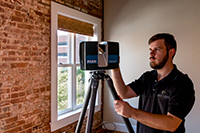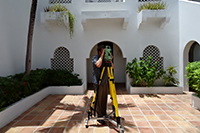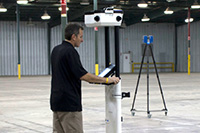Coast 2 Coast offers a range of architectural 3D modeling services to support the planning and visualization phases of renovation, retrofit, and restoration design.
One of the biggest benefits of utilizing a 3D model is being able to combine information, plans, and designs to create visuals that can accurately represent what the final plant will look like and to easily share them. Ultimately, this leads to better, more innovative designs.




